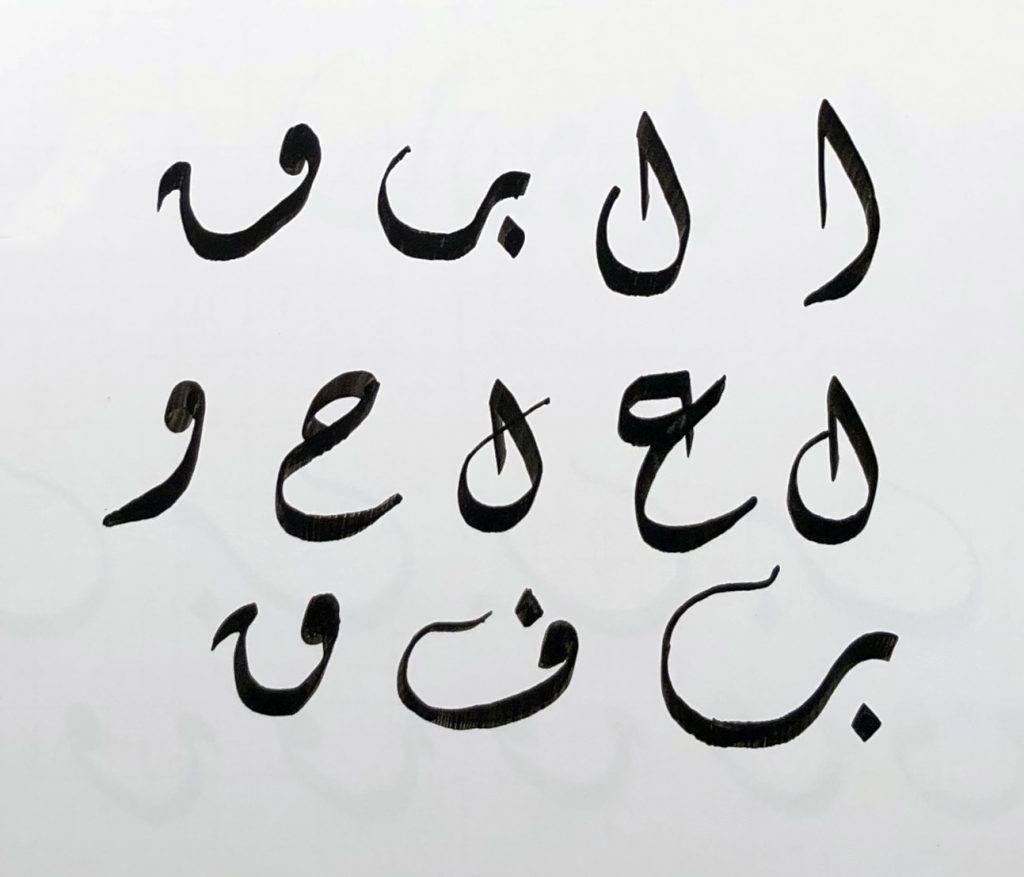Context
We were asked to choose a reading and proposition ourselves by engaging in dialogues with the reading. I chose the reading “Seeking stronger plurality: Intimacy and integrity in designing for social innovation” by Yoko Akama and Joyce Yee (2016).
The authors state that Asia-Pacific is seeking answers for their design for social innovation from Western design through workshops and expert talks that is echoing Western thinking. The authors worry that by looking at the west to seek answers for social problems in Asia-Pacific, unintentionally, the cultural, traditional, and heterogeneous practices would be replaced by dominant paradigms of design. The authors of this paper used Kasulis’s heuristic of integrity and intimacy as the cultural patterns that define different ways of relating. They begin by describing the integrity orientation as an external relation between two entities, in which the two parties have their own integrity outside their relationship, and the relation between them is built upon agreed values and principles. On the other hand, Kasulis’s view of intimacy is described as an inter-related relation between two entities that seek to emphasize the points of commonality, find and empathize on the overlaps instead of focusing on differences. In intimacy-oriented relations, the two entities keep influencing, shaping, and reshaping the nature of each other. Western design is depending on the integrity view while the authors are suggesting finding a middle ground between integrity and intimacy-based orientations.
In Kuwait, Men have power over women because of the society and traditions which created inequality between genders. Some women don’t have the mobility to live the life they want. For example, women have to be accompanied by a member of their family to travel or study abroad even though she is legally allowed to travel alone after age 21 years old, on the other hand, men are allowed to travel alone whenever and wherever they wish. Instead of addressing the issue directly to men about gender inequality, we could approach them by speaking about their own rights inequality to open a conversation and start speaking about women’s rights which creates open and respectful communication.
Final outcome
I decided to design a board game called “Close the Gap”. It’s a logic game represented through a board game with two sets of cards; women’s and men’s questions cards. All gender going to start from the opposite side of the game board and the finishing is in the middle of the board as we all go toward equality. Women are going to ask men questions related to women’s rights and vice versa to create a space of conversation and engagement. If the participant answered the question correctly, he\she will then roll the dice to see how many steps to go forward, however, if the answer is wrong, the same concept is applied but instead of going forward, the participant will go backward. The winner is the one who reaches the end first. In this game, the participants are introduced to “Close the Gap” as an entry point for discussing how inequality can affect women’s and men’s lives and to raise awareness about this matter in an interactive and engaging way.
The box is consist of:
- Two sets of cards in a total of 600 cards.
- Dice
- Game board
- Instruction
- Players pieces
























